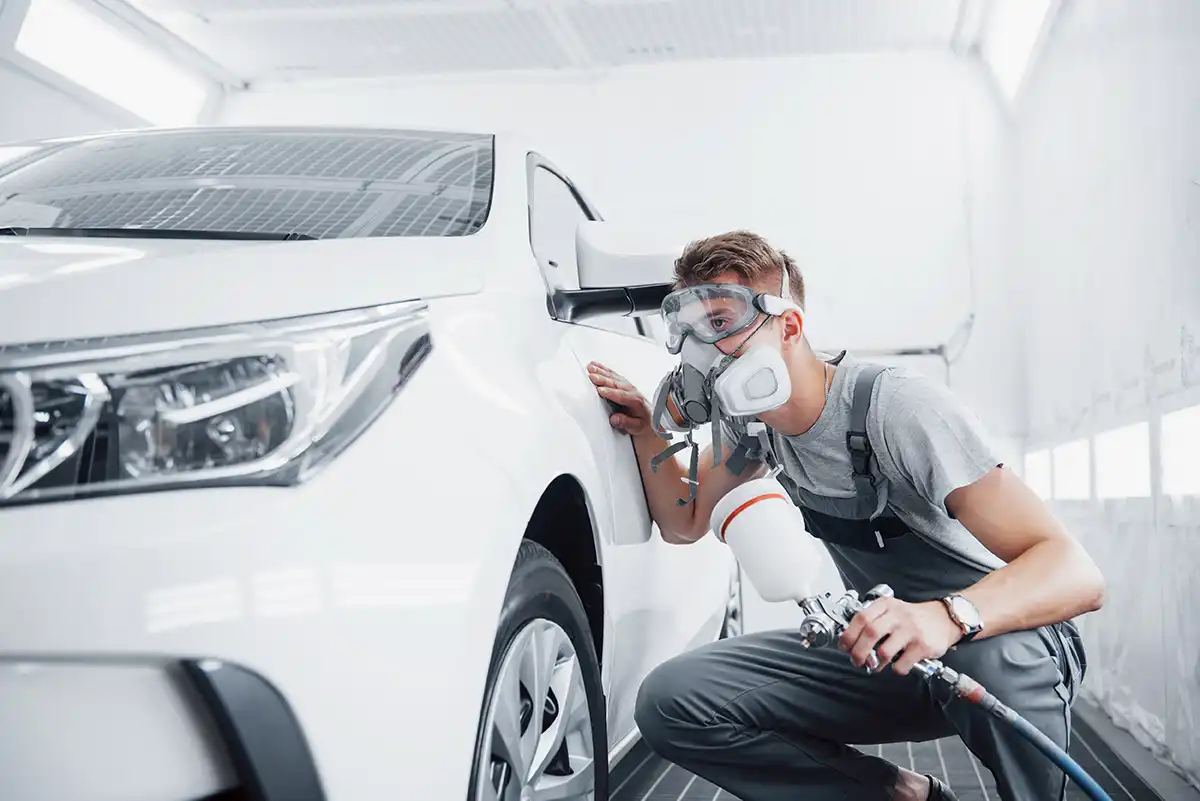
Following strict professional standards for rigging work is not up for discussion, since it protects both people and valuable goods. To make sure this happens, people need to take comprehensive rigging certification classes. They teach the specialized information and practical skills needed to do rigging tasks with the highest level of accuracy and safety, reducing the risk of accidents. Providers like those at https://natl-safety.com/california/rigging-training-and-signal-person-safety-training/ offer structured courses that are meant to meet and surpass these important industry requirements. This helps create a culture of safety and operational excellence.
Compliance with Standards
- Rigging certification makes sure that workers know and follow the most up-to-date national and international safety rules and best practices.
- It talks about certain Occupational Safety and Health Administration and American Society of Mechanical Engineers regulations that are important for lifting and rigging.
- Certified employees know what their legal duties are, which helps businesses avoid fines and keep their operations in line with the law.
- A company’s dedication to standards is a good sign for its safety record and general professional reputation in the business.
FAQ about Rigging Certification

- What does it mean to be a “qualified rigger”? OSHA defines a “qualified rigger” as someone who has shown they can solve rigging problems by a degree, certificate, or a lot of training and experience.
- How often do you need to check rigging tools? Before each use on every shift, a qualified person must check the rigging equipment. It should also be checked every so often for a more thorough evaluation.
- Does certification cover different kinds of tools? Yes, full courses cover different types of lifting equipment, such as slings (wire rope, synthetic, and chain), hooks, and devices that lift things below the hook.
- Why are sling angles so important? Sling angles have a big effect on the sling’s tension and weight capacity. To avoid overloading and failure, it’s important to know these angles.
Skills for future
Rigging certification generally includes lessons on new technology and changing industry standards to make sure that skills stay useful. This forward-thinking approach gets the workers ready for the heavy lifting sector’s future needs and problems https://natl-safety.com/california/rigging-training-and-signal-person-safety-training/ is an important resource for continual learning and renewal.
High Standards and Success
For safety and operational excellence, it is very important to invest in full rigging certification. It makes sure that rules are followed, improves knowledge, and lowers risks, which protects workers and property. Choose certified proficiency to meet and exceed industry standards, which will make the future safer and more efficient.








